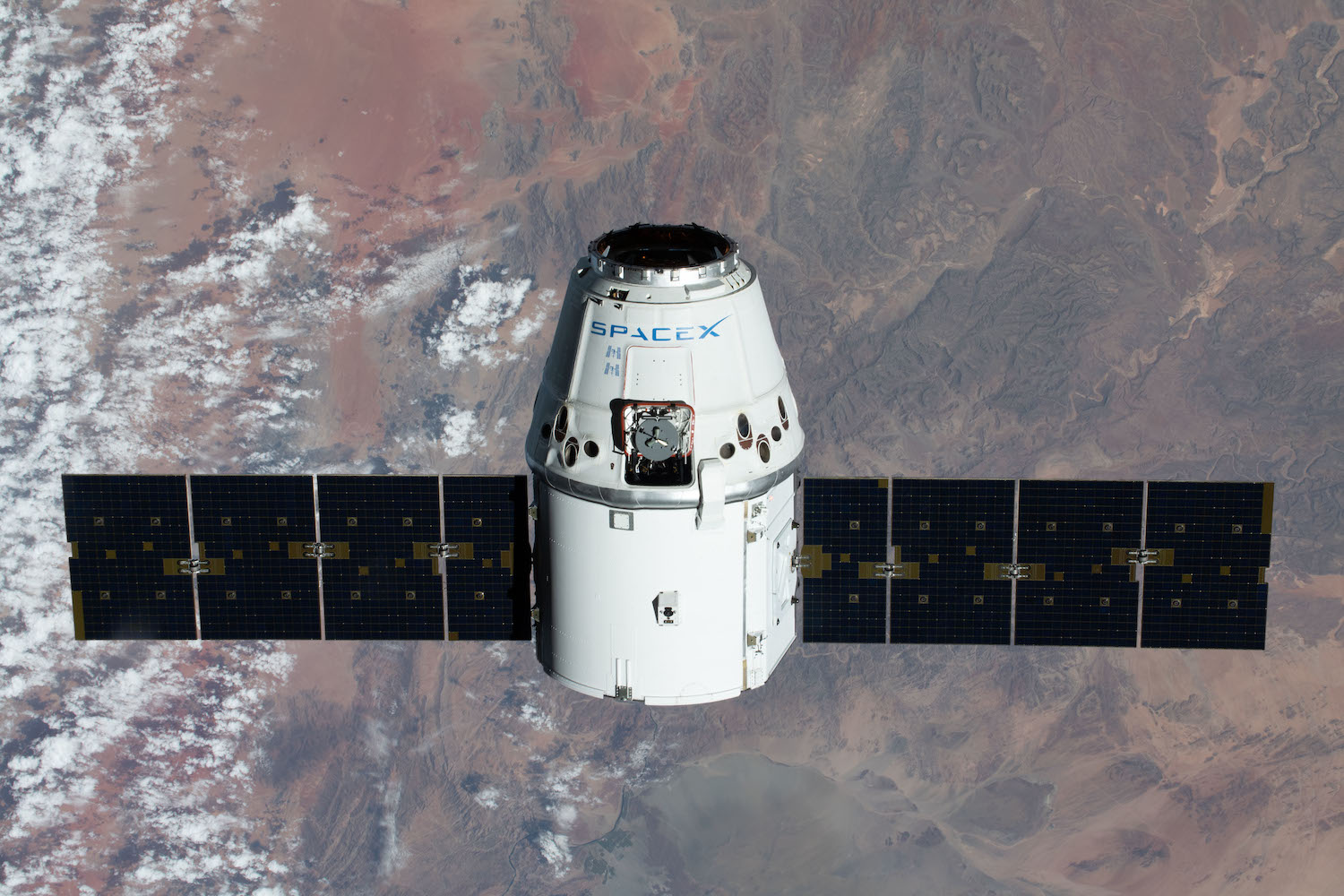About seven years ago, Barbra “Bee” Pagarigan found herself frequently staring up at the night sky. Stargazing helped her feel closer to departed loved ones.
She had just lost an adored dog to cancer. Her mother had died from cancer, too, which inspired Pagarigan to become a scientist researching cancer treatments. But she was feeling like more friends and family were succumbing to the diseases she targets as a senior scientist of protein homeostasis and structural biology at San Diego–based pharmaceutical company Bristol Myers Squibb.
“And, sitting there, I thought I should probably get the latest gadget that allows you to look more closely at the sky and see what’s going on,” Pagarigan says. “That, of course, was a telescope.”
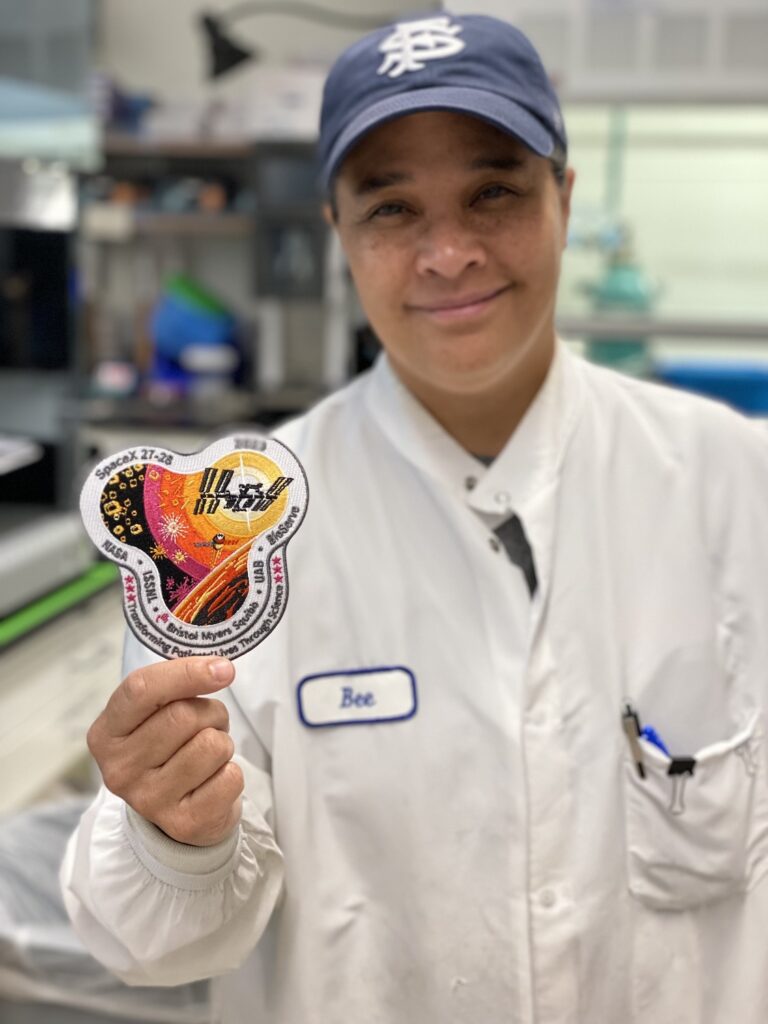
Pagarigan discovered a new passion for astronomy—and she quickly realized she could combine that passion with her scientific work. She spends her days attempting to crystallize proteins, which is like taking a picture of the protein to create a 3D model that scientists can study to find out how it causes disease. Unfortunately, the crystallization process is tricky.
“There’s no exact recipe for any one protein to crystallize,” Pagarigan says. They have several tools they can use to nudge each protein toward crystallization, including various reagents and chemicals. One protein might require a change in temperature, while another responds to vibration.
She wanted another tool in her arsenal: gravity. By shipping her crystals to the International Space Station, she could see how low gravity would impact crystallization. Bristol Myers Squibb sent its first mission to the station aboard a SpaceX rocket in 2020.
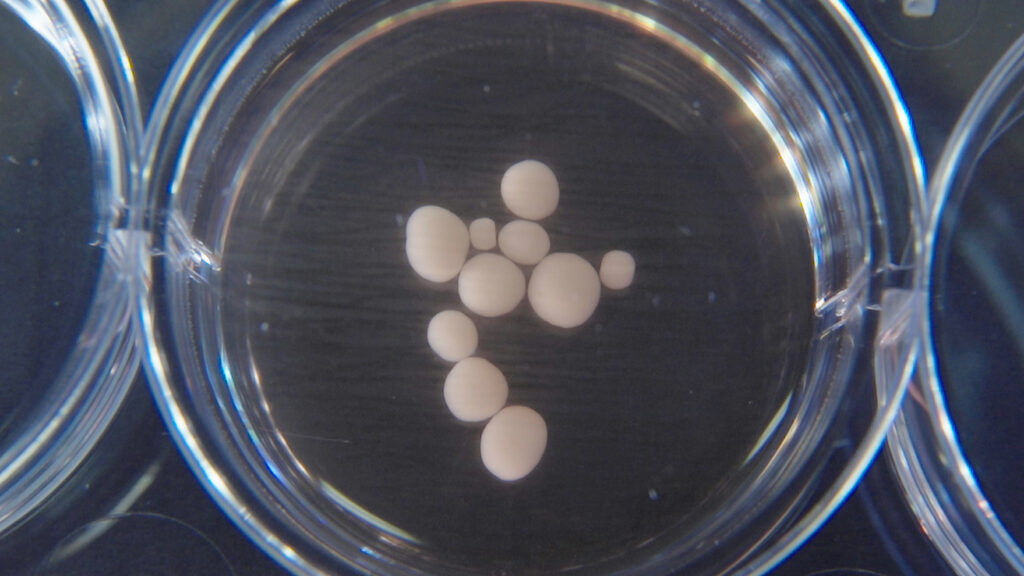
“I have to admit, when the cargo ship took off and those experiments were orbiting the Earth, those nights that I was doing stuff with my astronomy club or just at home in my observatory, it did feel weird to think, ‘Oh, my gosh, my stuff is up there,’” Pagarigan says.
The mission hasn’t led to any conclusive results, but to Pagarigan, that wasn’t really the point. The goal was simply to collect additional data about how gravity impacts protein crystallization. But, she adds, working in low gravity may have one very tangible benefit.
“We’re doing tons of crystallization experiments every day in really tiny amounts that go in really tiny experimental trays, and in those trays, the crystals are usually falling to the bottom of the well if they form,” she says. “Gravity is causing those crystals…to sink. My job is then to take those crystals and transport them safely to what’s called a synchrotron, essentially a giant x-ray generator.”
Getting the crystals to the synchrotron requires digging them out of the itty-bitty wells.
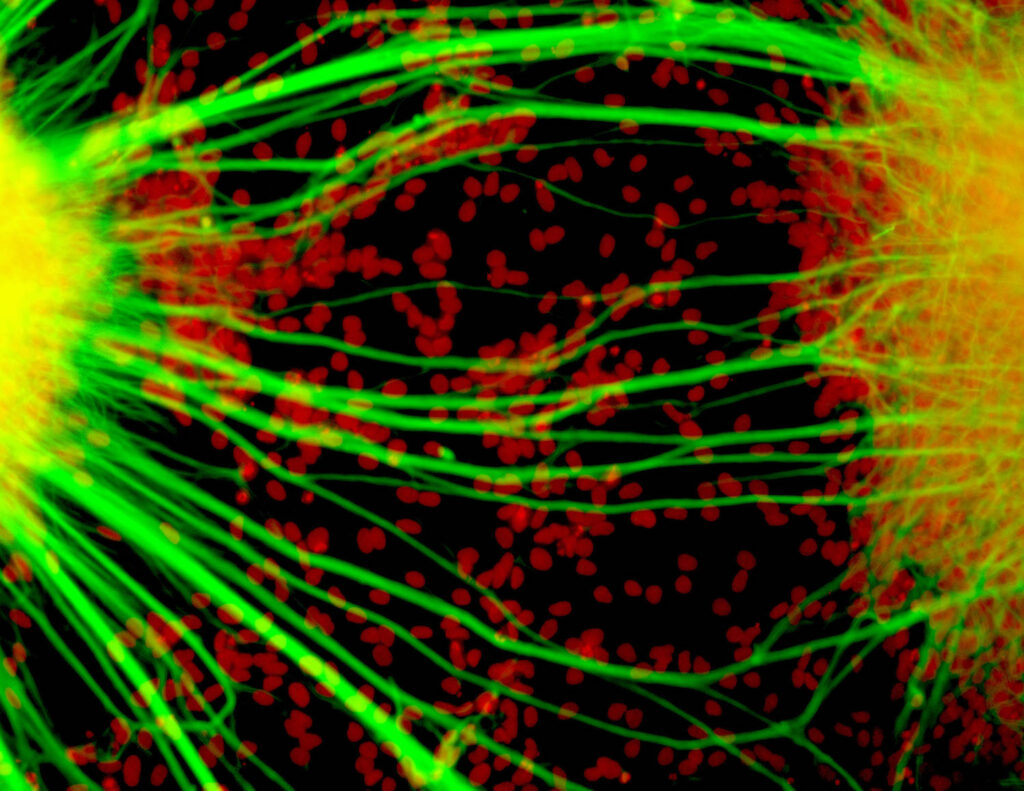
“If I have to pry them off the bottom of the well, it’s usually going to affect the crystal structure,” Pagarigan continues. “In low Earth orbit, the gravity isn’t as strong, so it will help with the quality of the crystals. They don’t have to be manipulated that much.” In the future, Pagarigan and researchers like her may be able to use low gravity to get a clearer picture of how certain proteins affect our bodies.
Pagarigan isn’t the only San Diego scientist to ship their work to outer space. A number of researchers are using low gravity to aid them in experiments. At UC San Diego, scientist Alysson Muotri creates brain organoids—basically mini brains, though Muotri doesn’t like that term— to model how conditions such as autism and Alzheimer’s impact the brain.
But Muotri had a problem. The development of brain organoids in the lab plateaued. “If I try to age them, after a year, they stop aging,” he says. “I was looking for a way to accelerate maturation.”
Enter outer space. Muotri knew other scientists had found that space makes cells age faster, so he decided to try it on his brain organoids. Of course, it wasn’t exactly that simple.
“There are two ways of doing experiments in space. One is to have an astronaut do the experiments for you, but that’s very expensive and you need to train the astronaut on the experiment,” Muotri says. “So that was not an option for us at the time. The second option would be to create an autonomous tissue-culture environment, no larger than a shoebox, where you can grow the organoids inside so the astronauts only have to plug and play at the space station. There is no hands-on requirement. That’s how we started.”
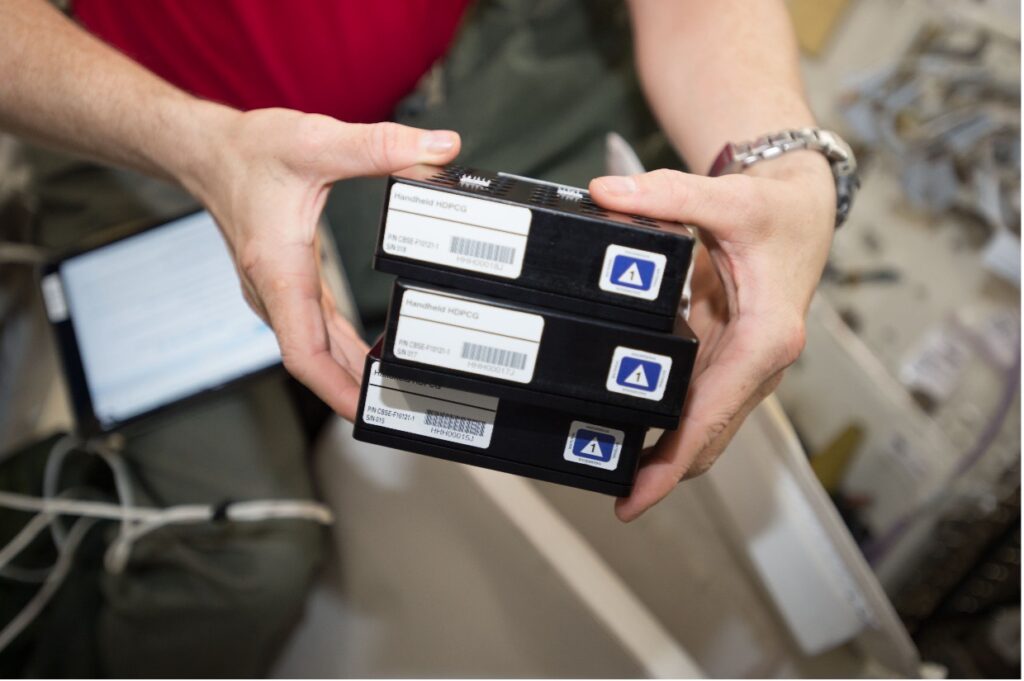
He put his highly advanced “shoebox” filled with brain organoids onto a SpaceX rocket and sent it to the International Space Station for a month in 2019. Muotri funded this first mission himself. He wouldn’t say how much it cost, but promised it was “very expensive.”
But the financial sacrifice paid off in promising results. “Those brain cells that left Earth were equivalent to those of a newborn baby, but when they came back, they were more equivalent to those of a 10-year-old,” Muotri says.
Muotri couldn’t control what happened to his work while it was in space, but he could use small cameras to monitor it in real time. “The only time that I cannot know what’s going on is during ascending and descending, when they rely on battery,” he says. “I get very anxious.”
In fact, on the second mission, there was a leakage during ascent. The organoids died.
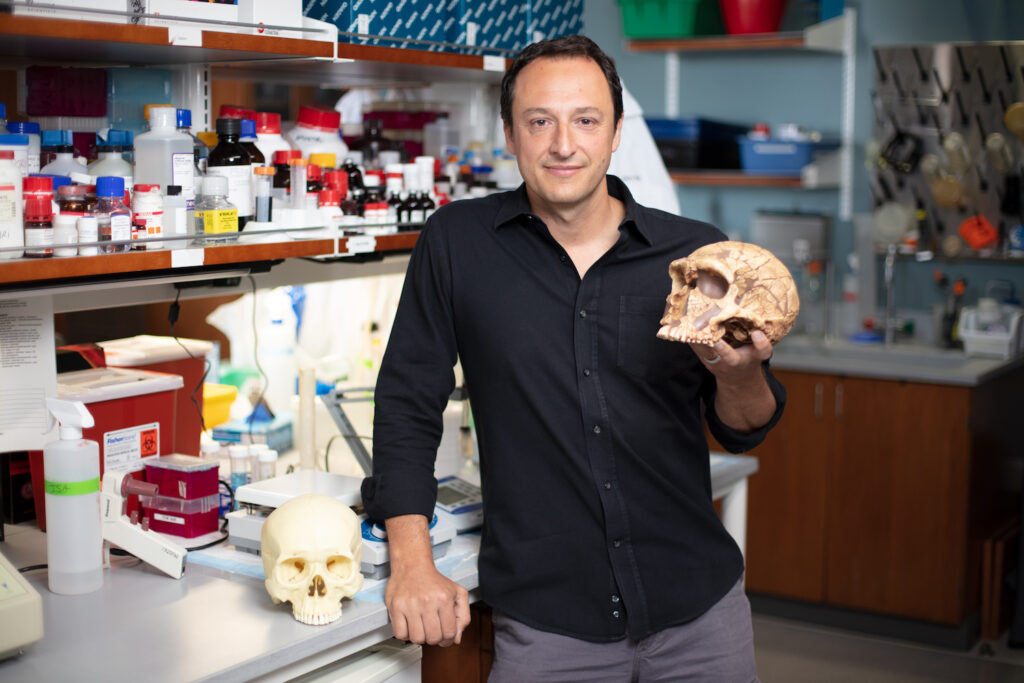
Still, Muotri has persevered and confirmed that brain organoids age more rapidly in space. He is now working on follow-up missions to understand how that happens.
“The opportunities become gigantic, because then you can understand how the brain ages,” he adds. “Then you could perhaps understand how to rejuvenate your brain; you can understand how to treat some of these neurological disorders.”
He’s also studying how being in space impacts astronauts’ brains, which has attracted the interest of NASA. His space missions are no longer self-funded. His research will catch a ride on another rocket this November, and he says, if given the chance, he would absolutely go to space himself.
“I’m driven by the science, and if the science is saying that the cure for some of these diseases is in space, I’ll go,” he emphasizes. “That would be something very few people get to do.”
But low gravity hasn’t benefited everyone’s research. Zoran Radić, a School of Pharmacy professor at UC San Diego, sent his work on five different SpaceX flights to try to find antidotes against organophosphate poisoning caused by pesticides and nerve-agent warfare. He was trying to crystallize proteins targeted by the poisons, which would help him study how to make antidotes.
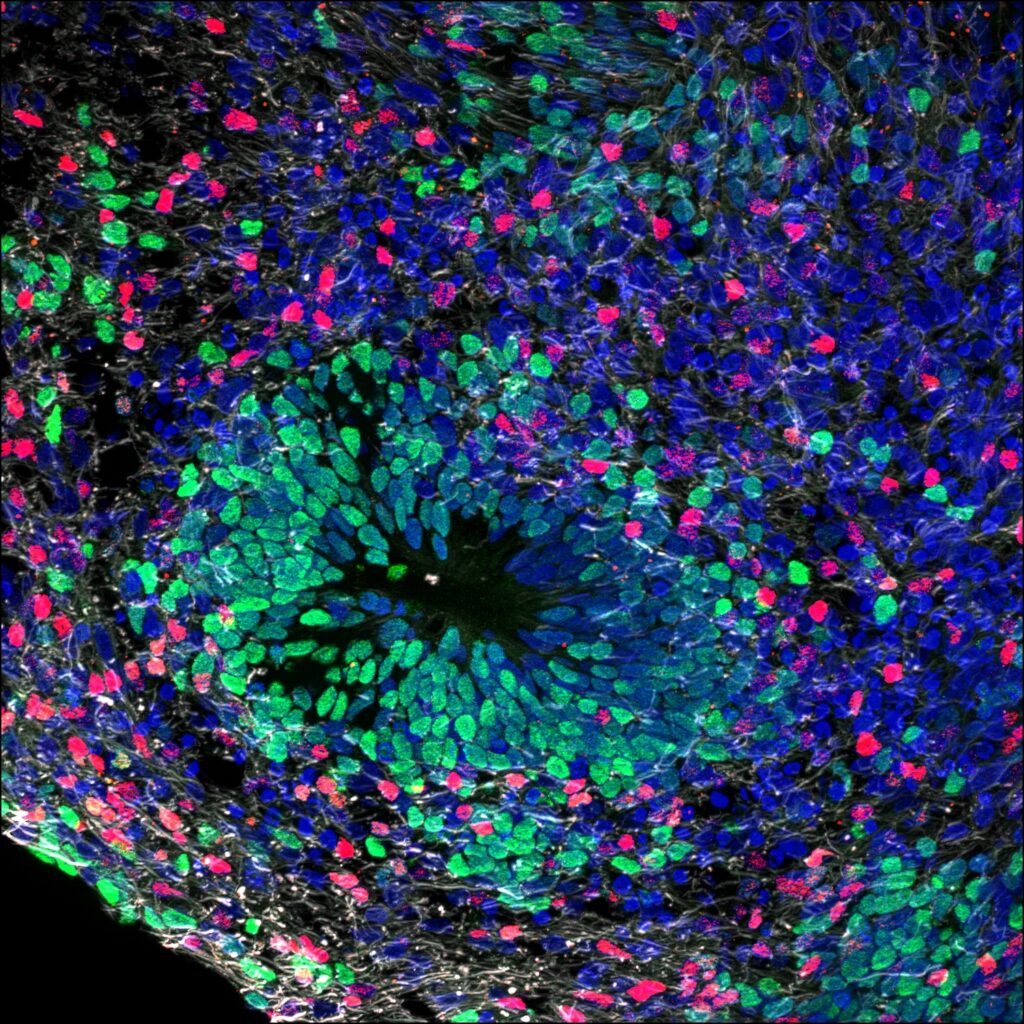
“We were able to obtain crystals and they were really nice, but of insufficient size, so we were not as lucky as some other researchers,” he says. “We couldn’t really use those crystals.”
Right now, there is growing attention to conducting research in space, but it may be prohibitively complicated and expensive for many San Diego scientists, says Josh Stiling, an investor at Anzu Partners who studied the finances of space research at UC San Diego.
One barrier is the very long timeline to get work into space. Researchers have to submit a proposal, obtain funding, and find a spot on a SpaceX rocket, which could take at least a year.
“Then let’s say you get through all that, now you’ve got to design your experiment for space, and there are a lot of things that you need to consider, such as the microfluidics. Everything reacts differently in space, so any type of fluid flow needs to be pressurized,” he says. “There needs to be containment so that you get the results that you want and stuff is not going to float around.”
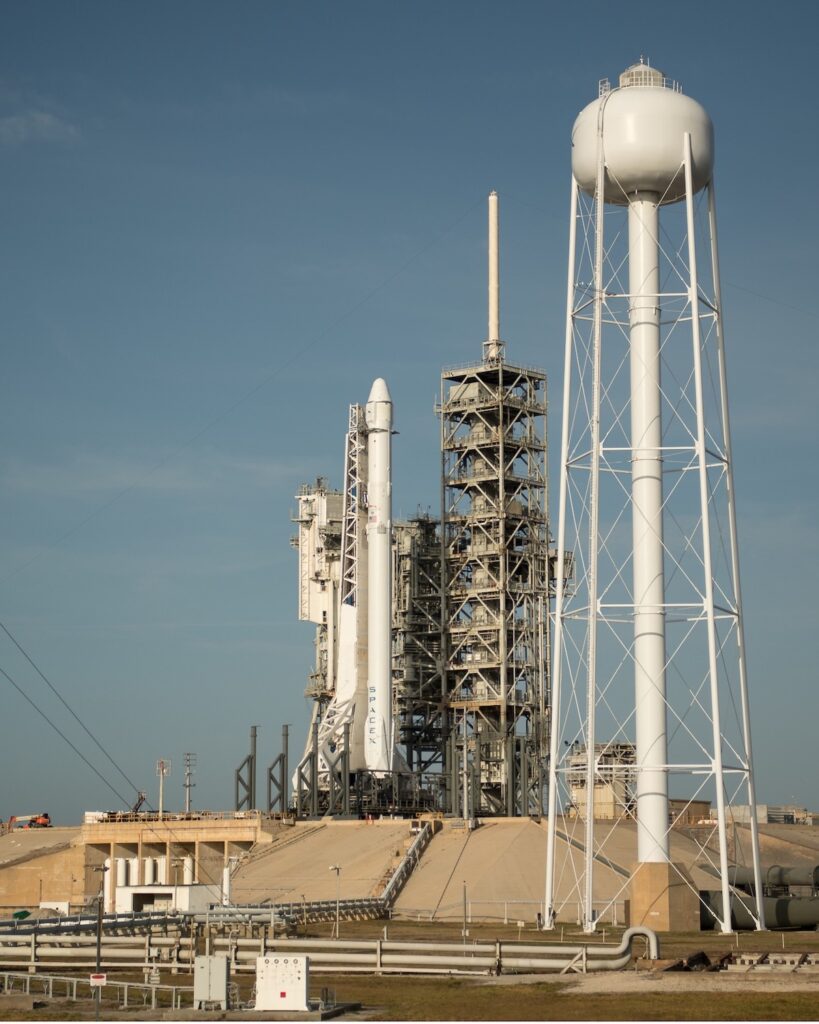
Once you finally get your work to space and complete your experiment, results come back to Earth about a month later in an ejection capsule. “All said and done, you’re looking at an experiment timeline of two to two-and-a-half years,” Stiling concludes. And for a follow-up experiment, you have to repeat the whole process again.
“Because of these long timelines and expensive budgets, it’s tough to get some actual and serious results for these projects,” Stiling says.
So far, he adds, there have been promising experiments, but there hasn’t been a major breakthrough yet to prove low gravity research is worth the expense. But that doesn’t mean researchers like Muotri and Pagarigan should give up their work.
“We’ve been conducting experiments in space since the ’50s and ’60s, and the pursuit of space has resulted in incredible inventions which have pushed humanity forward,” he reflects. “I say keep [working] to get [your experiments] up in orbit. We won’t know what is possible unless we keep pushing the boundaries and leveraging microgravity to our advantage.”
Despite all the roadblocks, he adds, “there are people and organizations out there that really believe in it and will be vital in pioneering a pathway to sustainable research in space.”
Moreover, increasing advancements in robotic technology may help reduce costs and increase the efficiency of space research. “There is a lot of automation that is being built to do these things, so that you don’t have to have a human scientist interact with the experiment at all times to get results,” Stiling explains.
PARTNER CONTENT
For her part, Pagarigan will continue to push her research to… well, not shoot for the moon, but shoot for low Earth-orbit gravity. But she’s content to keep her own feet on the ground.
“In the end, I think I’d just rather be at home with my dogs, with my telescope, looking up at the sky,” she says. “I think the risk would just kind of outweigh being able to say, ‘Hey, I’ve been up there.’ So for now, I’m earthbound.”









